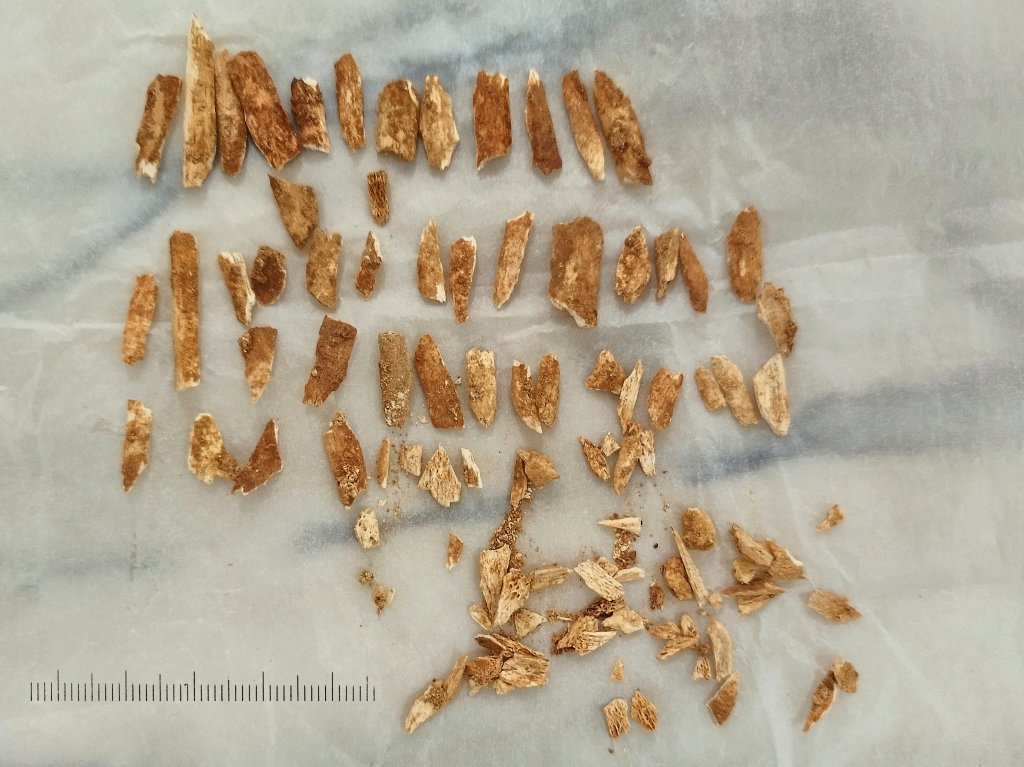Scientists date remains of ancient child resembling a humans and Neanderthal found 27 years ago
Scientists have dated the skeleton of an ancient child that caused a stir when it was first discovered because it carries features from both humans and Neanderthals.
The child’s remains were discovered 27 years ago in a rock shelter called Lagar Velho in central Portugal.
The nearly complete skeleton was stained red, and scientists think it may have been wrapped in a painted animal skin before burial.

When the humanlike child was discovered, scientists noted that some of their attributes �?including body proportions and jawbone �?looked Neanderthal.
The researchers suggested that the child was descended from populations in which humans and Neanderthals mated and mixed.
That was a radical notion at the time, but advances in genetics have since proven those populations existed �?and people today still carry Neanderthal DNA.
But trying to figure out when exactly the child lived has been difficult.
Small roots had grown through the bones and contamination �?from plants or other sources �?made it impossible for scientists to use traditional carbon dating to measure the child’s age.
They instead dated the charcoal and animal bones around the skeleton to between 27,700 and 29,700 years ago.
Techniques have improved, and researchers reported Friday in the journal Science Advances that they were able to date the skeleton by measuring part of a protein that’s found primarily in human bones.
Examining part of a crushed arm, they revealed that the earlier estimate was in the ballpark: the skeleton was from between 27,700 and 28,600 years ago.
“Being able to successfully date the child felt like giving them back a tiny piece of their story, which is a huge privilege,�?said Bethan Linscott, a study author now at the University of Miami, in an email.
Paul Pettitt, an archaeologist at Durham University in England who was not involved with the new research said in an email that the study is an example of how dating methods are becoming more effective and helping scientists better understand the past.
The study of where humans came from is important “for the same reason we keep the portraits of our parents and grandparents,�?said study author João Zilhão from the University of Lisbon.
“It’s a way of remembering,�?he said.







